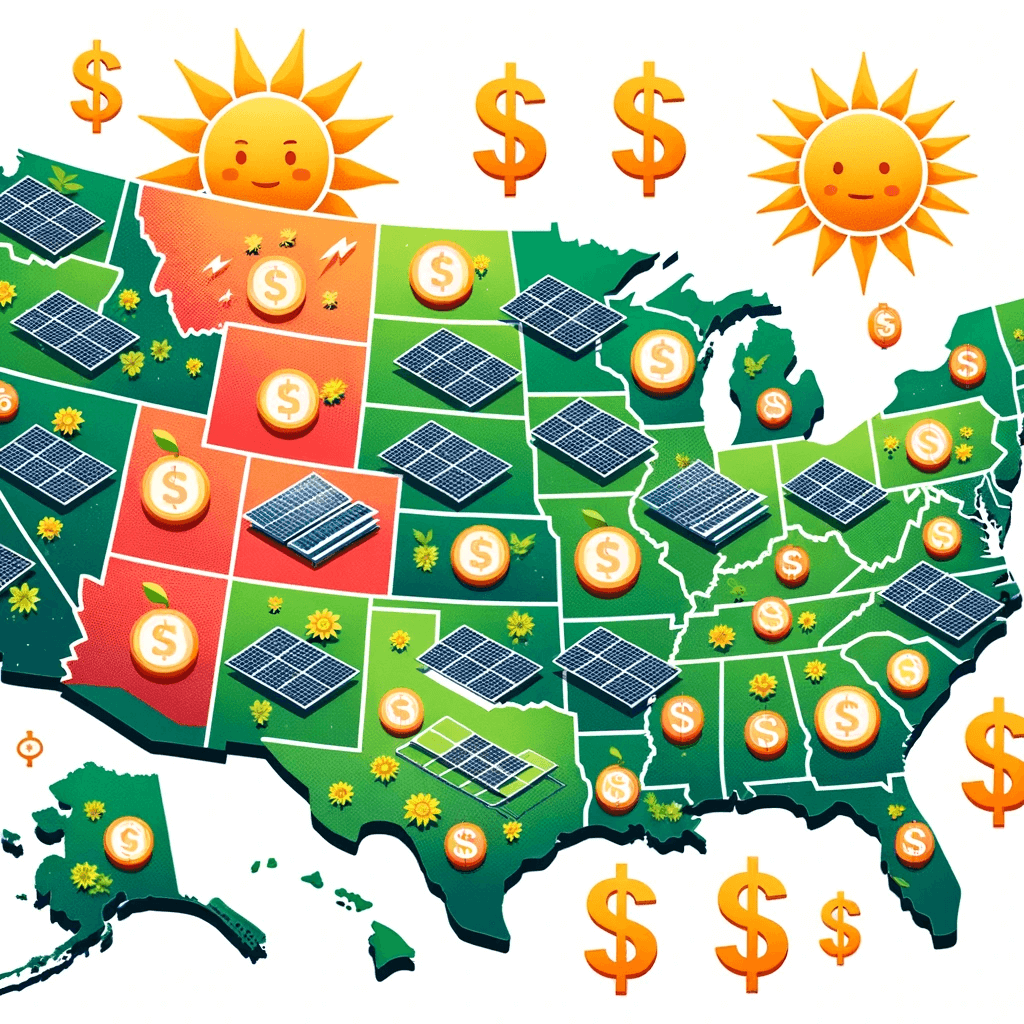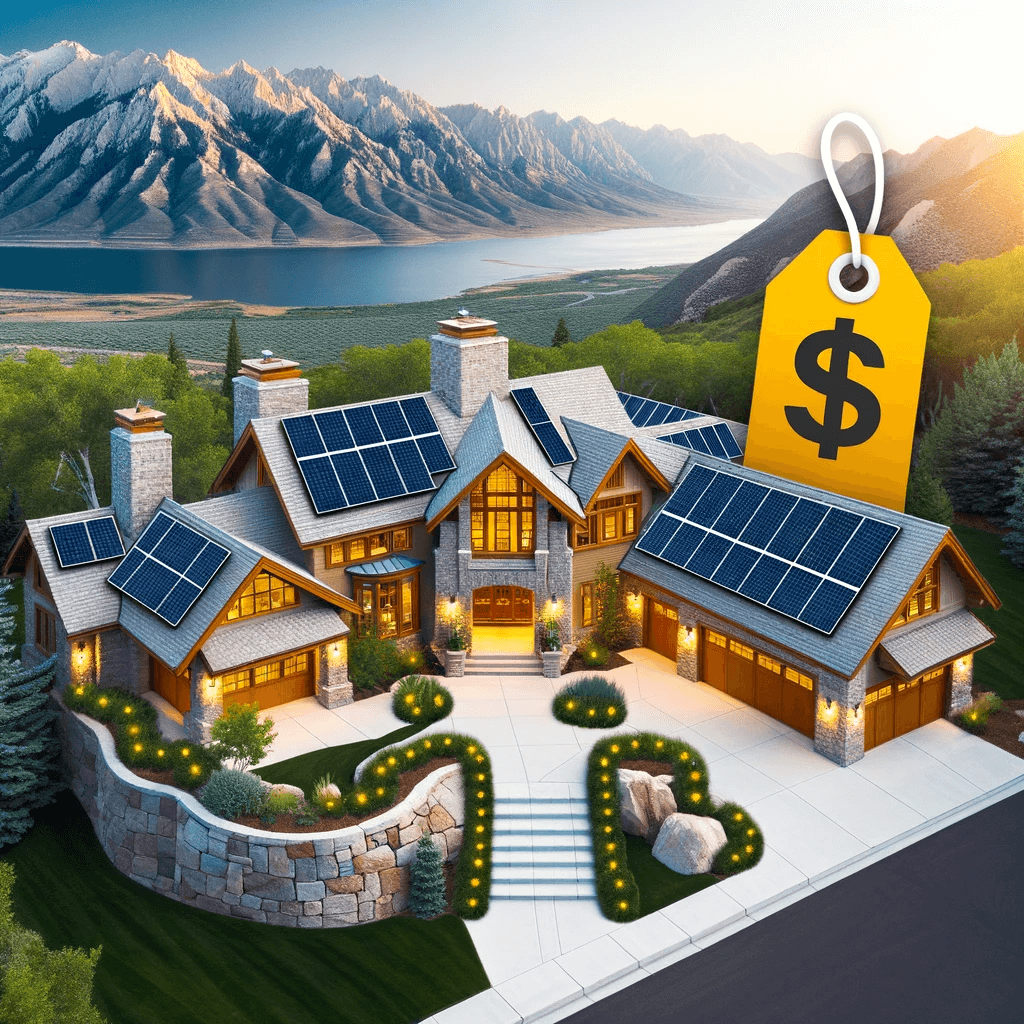The Intersection of Solar Power and Land Use
Introduction
The growth of solar power brings transformative potential, but it also raises important questions about land utilization. At ESS Solar, we're committed to exploring the intricate relationship between solar energy and land use. In this comprehensive blog post, we delve into the challenges, benefits, and innovative solutions that arise when harnessing the sun's energy in harmony with our landscapes.
The Land Use Conundrum: A Complex Landscape
As solar installations expand, the competition for available land becomes a critical consideration. Striking a balance between clean energy generation and responsible land use is essential to ensure the sustainability of our ecosystems and preserve agricultural and natural spaces.
Utility-Scale Solar Farms: Maximizing Efficiency
Utility-scale solar farms, covering vast expanses of land, play a significant role in meeting energy demands. These installations require careful planning to minimize ecological impact. Proper site selection, restoration efforts, and coexistence with wildlife are strategies that optimize energy output while mitigating environmental disruption.
Rooftop Solar: The Urban Solution
In urban areas, rooftops offer untapped potential for solar power generation. Rooftop solar panels convert previously unused space into energy sources, reducing the need for additional land allocation. This approach not only aids in energy production but also contributes to climate resilience by cooling buildings and reducing the urban heat island effect.
Agrivoltaics: A Harmony of Energy and Agriculture
Agrivoltaics, the practice of combining agriculture and solar power, exemplifies innovation in land use. Solar panels installed above croplands provide dual benefits – they generate clean energy while creating a controlled environment that enhances crop growth, conserves water, and mitigates soil erosion.
Floating Solar Arrays: Harnessing Water Surfaces
Water bodies offer prime real estate for solar installations in the form of floating solar arrays. These arrays capitalize on underutilized water surfaces, producing energy and reducing water evaporation simultaneously. They're particularly advantageous in regions where land availability is limited.
Reclaimed Land: A Second Chance for Solar Power
Previously developed or industrial sites can find new life as solar installations. Brownfields, landfills, and abandoned industrial spaces can be reclaimed for solar power generation, breathing new vitality into areas once considered unsuitable for other uses.
Convergence of Energy and Environment
The intersection of solar power and land use embodies the delicate balance between human progress and environmental preservation. By adopting responsible land use practices, we ensure that the benefits of solar energy are reaped without compromising the beauty and health of our natural world.
Frequently Asked Questions (FAQs)
-
While solar installations do require land, the impact is often less than that of fossil fuel extraction and power plants. Plus, solar farms can be dual-use, allowing for agriculture or grazing beneath the panels.
-
Solar energy generally has a low impact on land. It doesn't lead to soil degradation and can be easily removed, allowing the land to be returned to its original state. Some solar farms even improve local biodiversity.
-
Estimates vary, but one study suggests that it would take about 0.6% of the U.S. land area to meet the country's current electricity needs solely through solar power. That's roughly equivalent to the land area of West Virginia.
Conclusion
As solar power continues to reshape the energy landscape, the importance of responsible land use cannot be overstated. The choices we make today will resonate for generations to come. At ESS Solar, we champion a future where solar energy and land coexist harmoniously, reflecting a commitment to sustainable energy production that respects the delicate ecosystems that surround us.
Key Takeaways:
Responsible land use is crucial for the sustainable growth of solar power.
Rooftop solar and agrivoltaics are innovative approaches that maximize energy production while preserving land.
Reclaimed land and floating solar arrays showcase the versatility of solar installations in various environments.
Related Articles
Disclaimer: The information provided in this blog post is for informational purposes only and does not constitute professional advice. Please consult with a qualified solar energy expert before making any decisions regarding solar installations.





